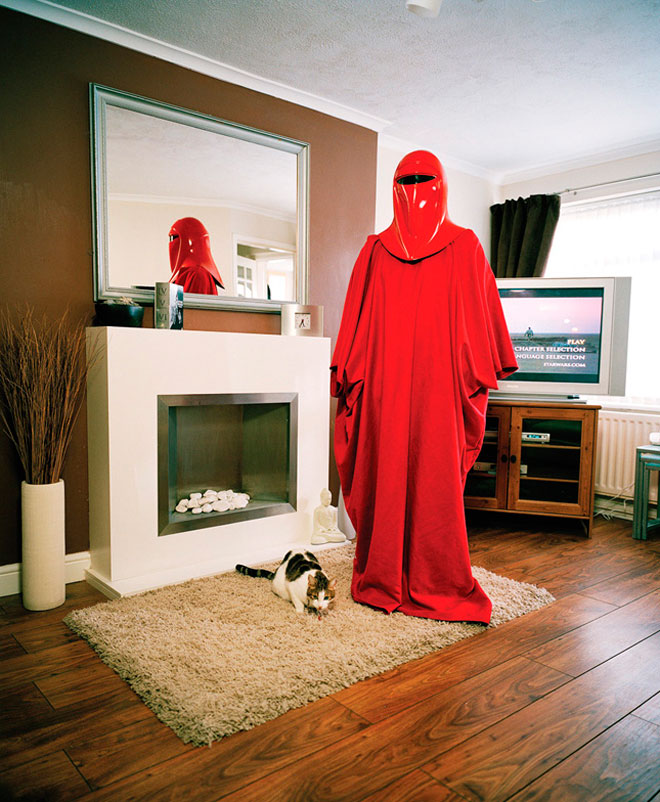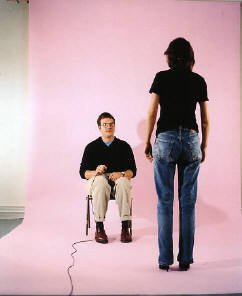Gregory Crewdson is an American photographer born in Brooklyn, New York 1962. Crewdson is well known for his elaborate scans and huge crew. Crewdson makes these amazing photographs in Massachusetts on 10×8 film that is absolutely stunning.
The thing that is so amazing about Crewdson is none of his photographs are Photoshoped or computer generated in any way. Crewdson rents out whole streets and builds sets from scratch. The scans that Crewdson sets up are movie quality. They look like stills from a film.
I think that Crewdson work is not too similar to the work of David Hopper. Although Hopper was a painter I can see that Crewdson could have taken a lot of inspiration from Hopper. Crewdson has photographed these elaborate scans in old American towns and the light in the images is amazing. Hopper is well known for painting the light in his paintings. The ‘nighthawks’ by Hopper is such a classic image and I can just see Crewdson recreating this with his production team.

























